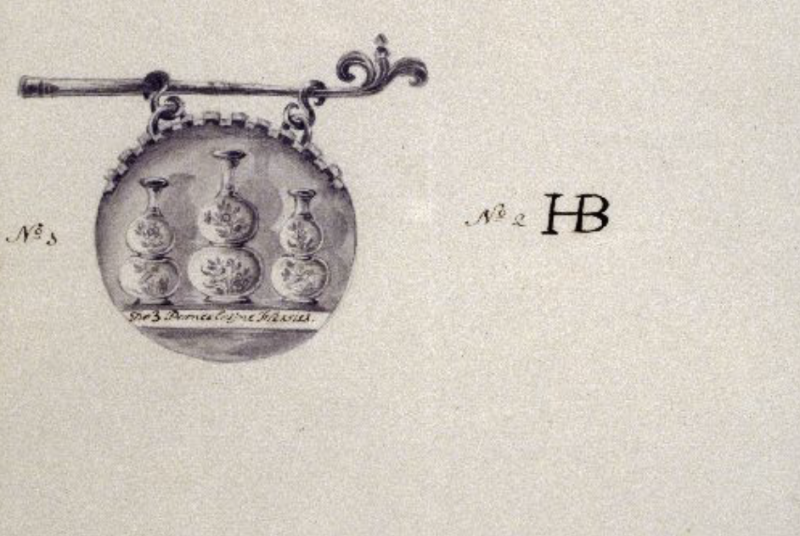
De Drie Porceleyne Flessies pottery on Gasthuislaan was established by Cornelis Janszoon Bijleweth in 1661. A year later he contracted the talented painter Hendrick Janssen for two years to teach him how to paint ‘fine ware’.
Proprietor Bijleweth would be at the helm for only four years. In 1665 all his possessions were sold. According to the inventory, his home, courtyard and pottery included the smeltery and warehouse and the inspection house where the goods were displayed on shelves. And there was also the painting workshop and kiln house, and the clay washery, which was situated outside Delft, beyond the town’s Rotterdamsche poort (Rotterdam Gate).
Thanks to the fire inspection of the kilns at potteries and painting workshops in 1668, we know that this pottery had one kiln.
Like other potteries, this one too could be recognised by a hanging wooden sign. The 1665 notarial act refers to a pottery with a sign depicting ‘drije porceleijne flessen’ (‘three porcelain bottles’). This was still the case a hundred years later.
In 1764, on the orders of Delft municipal authority, the proprietor at the time not only registered his factory mark, but also added a watercolour showing the sign that hung outside the building. We therefore know that it was not just three ordinary bottles that appeared on the sign, but three gourd-shaped bottles. Undoubtedly he hoped that passers-by would be attracted by these exotic-looking objects.


